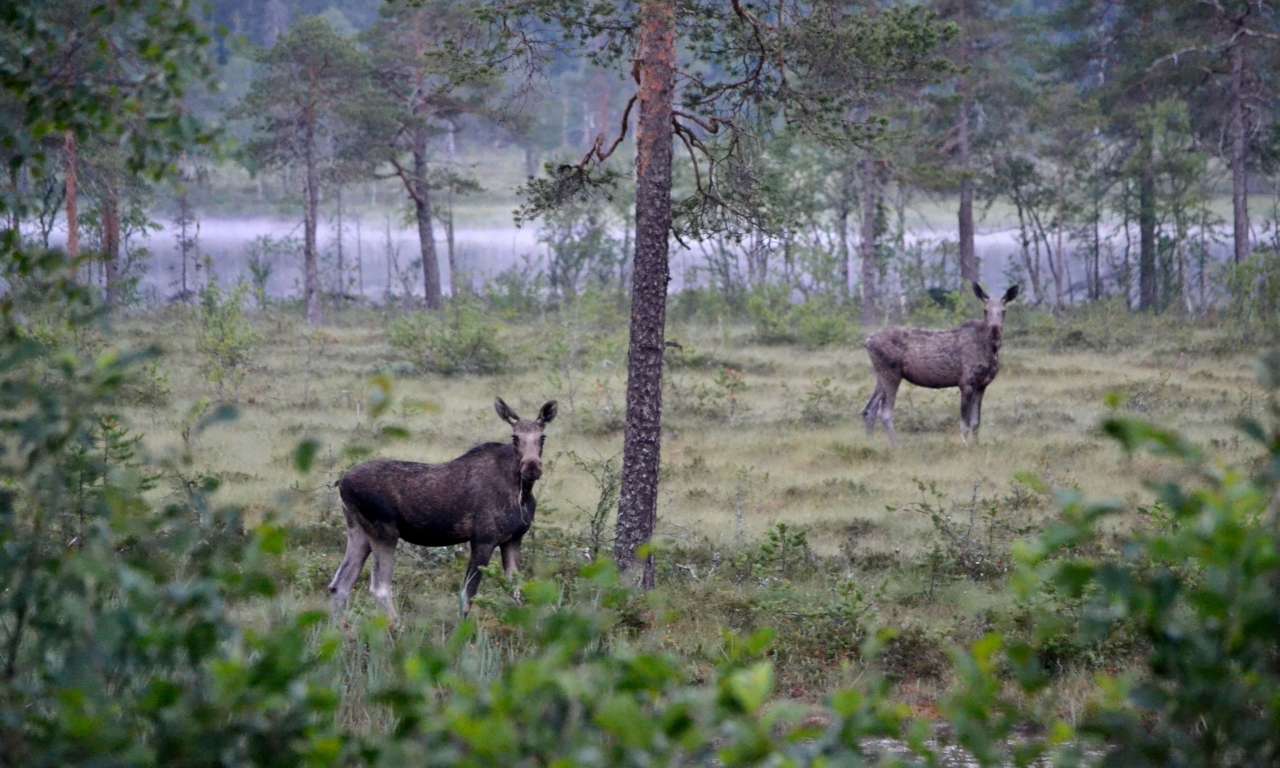Climate change affects deer

Photo: Ingrid Bjørndal Foss
Climate change impacts deer on many levels, from physiology and behaviour to population dynamics. A new study, based on 218 scientific articles, indicates that warmer summers are likely to have a have a larger impact than milder winters.
NIBIO researchers Dr Hilde K. Wam and Dr Aksel Granhus are part of a European team that has reviewed 20 years of research on how climate change impacts deer in boreal and temperate forests of the Northern Hemisphere.
Milder winters can benefit many species, such as moose, deer, and roe deer, who then need less energy to stay warm and can find food more easily. However, warmer and wetter summers may exceed the animals’ tolerance, increasing the risk of heat stress and parasite infection. Over time, this is likely to weaken populations, particularly in southern regions, forcing them to migrate further north.
Moose are especially sensitive to heat. Data from Sweden already show that southern populations are struggling more than northern ones. To adapt, animals may seek cooler environments such as wetlands and mature forests or change their activity patterns. It is vital that their habitats provide access to these resources.
Changes in spring and autumn weather also influence migratory patterns. The snow season is becoming shorter, prompting deer to begin spring migrations earlier. They encounter flooding at unusual times, and they delay their return in the autumn. This may lead some populations to the abandon migrations altogether.
“It’s difficult to predict exactly how future climate will evolve and how this will affect deer. Our study does not provide definitive answers, but so far it represents the largest synthesis of current knowledge relevant to Norway,” Dr Wam concludes.
Contacts

Purpose
To understand how deer are affected by climate change.
Collaboration: Swedish University of Agricultural Sciences (SLU), Skogforsk (Sweden), Natural Resources Institute Finland (LUKE), National Research Institute for Agriculture, Food and Environment (INRAE, France), and Forest Research Institute (Poland).
Funding: Nordic Forest Research (SNS)
Contacts

